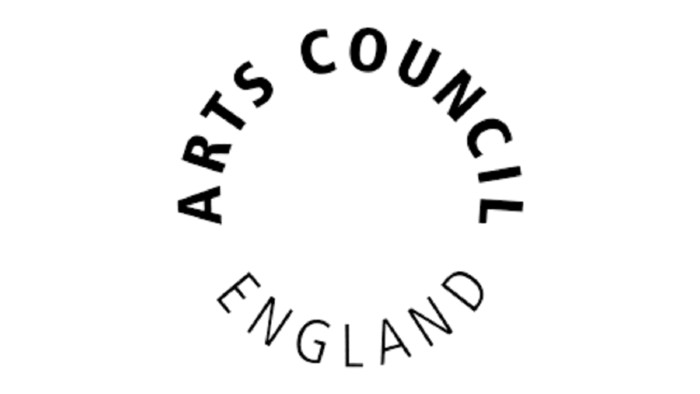Gravity is a space for debates about the visual as a critical domain within Fine Art practice. This collaborative project by artists Penny McCarthy, Becky Shaw and Andrew Sneddon examines the many ways the art world deals with its ambivalent and yet enduring relations with artefacts. Projects include research investigations and events that are openly accessible online. Gravity: Buckets and Jewels extends our work as an ephemeral online exhibition.
Gravity: Buckets and Jewels examines the relations between ideas and material form and also reflects on the spaces in which art is viewed and the participation of the audience.
The research is located in the context of revived interest in materiality and concerns making through re-making. Artists, makers and thinkers are invited to discuss an object that has creative, intellectual or emotional significance for them. Each object becomes the catalyst for a strand of research that extends the Duchampian paradigm. Using rapid prototyping, replicas of a selection of these objects are constructed to examine their potential and resonance as carriers of artistic inspiration and to exploit the object’s discursive complexity. The aim is to respond to the artist’s practice and choice of artefact through making a visual work to create a discursive, not solely analytical, response to the subject. The visual process simultaneously adopts a range of approaches: critical, metaphorical, mimetic or allusive.
In his classic essay The Work of Art in the Age of Mechanical Reproduction, Walter Benjamin assumes the possibility of perfect reproduction. Benjamin’s formulations from the text are well known.
'Even the most perfect reproduction of a work of art is lacking in one element: its here and now, its unique existence at the place where it happens to be…the ‘here’ and 'now' of the original constitutes the concept of its authenticity...'
Benjamin proposed the idea of the aura within an original art work and believed that even with perfect practices of reproduction this aura would be lost. The copy is always imperfect and frequently of unknown provenance. Digital copies are also ahistorical and destined for multiplicity and undetermined circulation. Benjamin’s concept of originality is rooted in the ‘here and now’ that was the genesis of artistic creation but what happens to work that is generated in a new ‘here and now’ whose origins are a simulacra of their original material characteristics? Can aura be reproduced? Or can aura only be lost? Can using objects as templates create an artificial re-engineered version of aura?
The dematerialised objects can be downloaded and rematerialised in any location. By moving away from any prescribed gallery context, viewers become aware of their own agency and participation in defining the work.
Gravity: Buckets and Jewels has received support from Arts Council England to research and develop the project.




